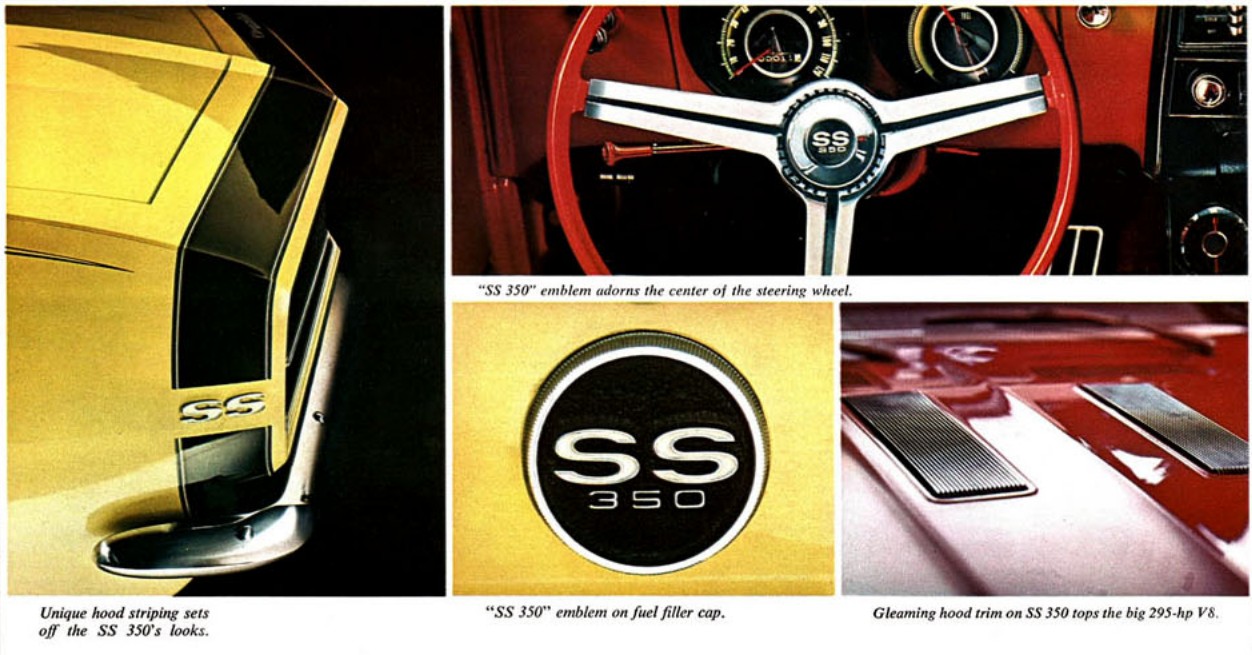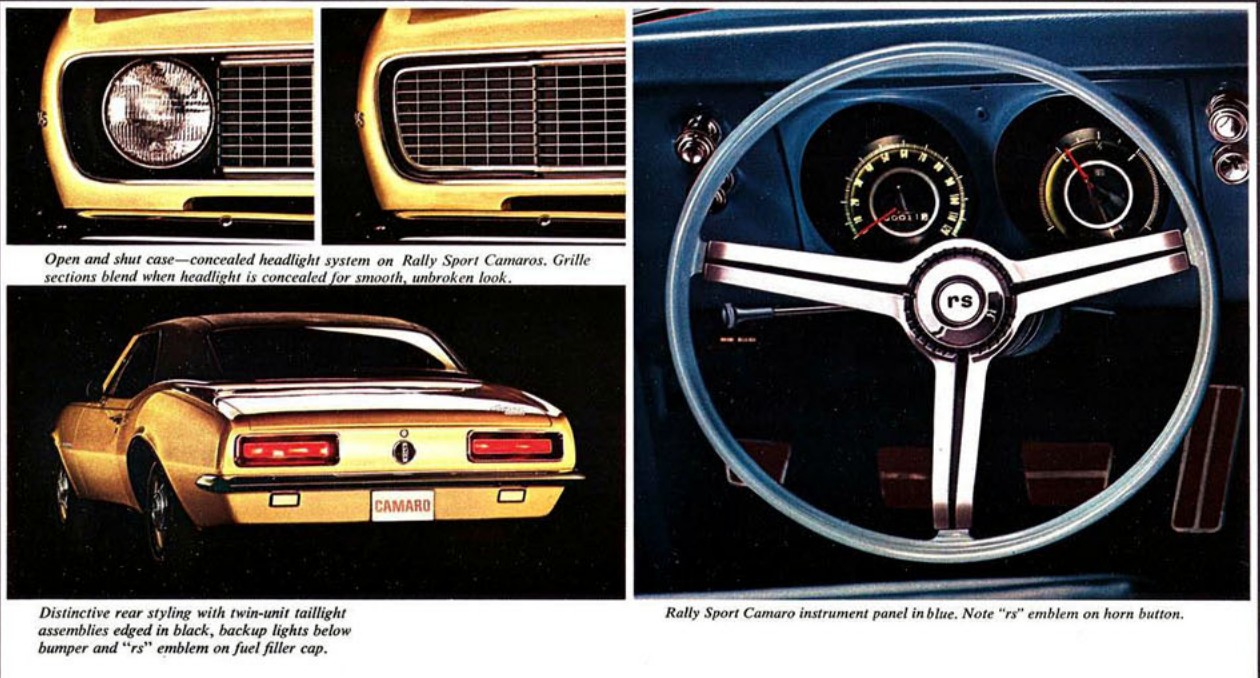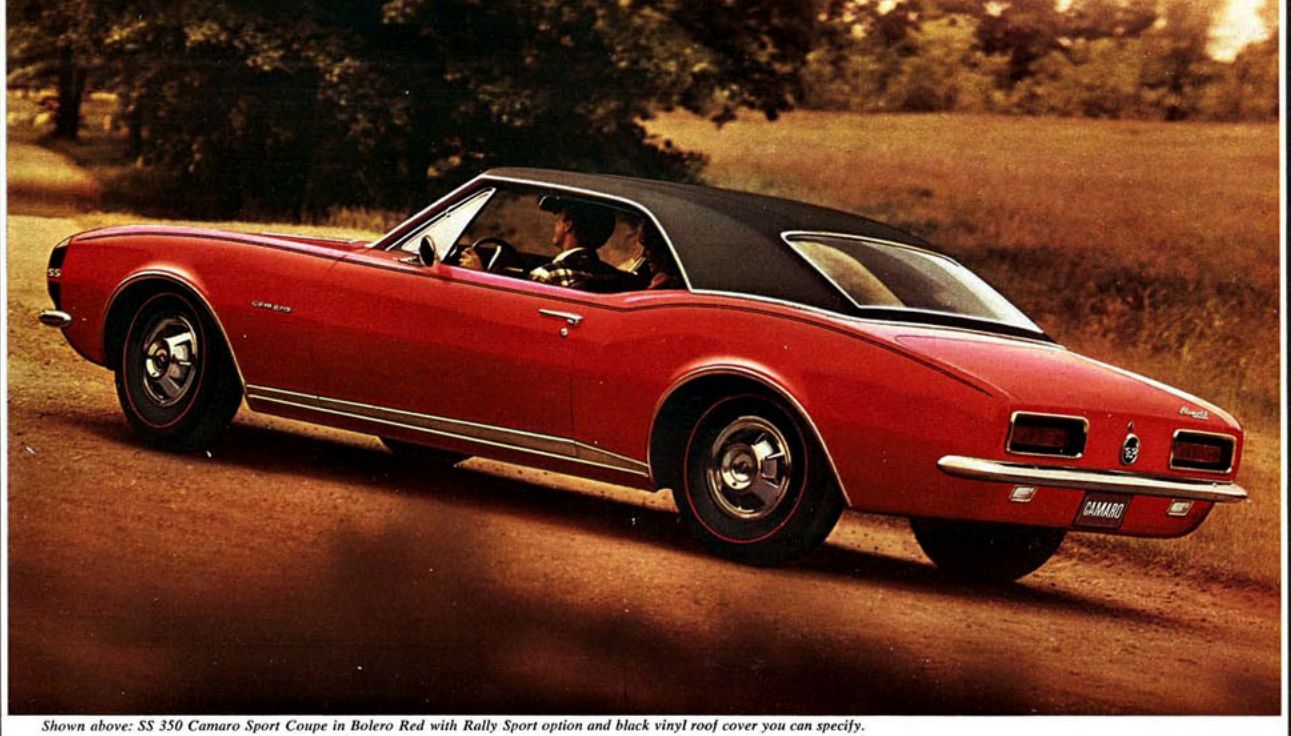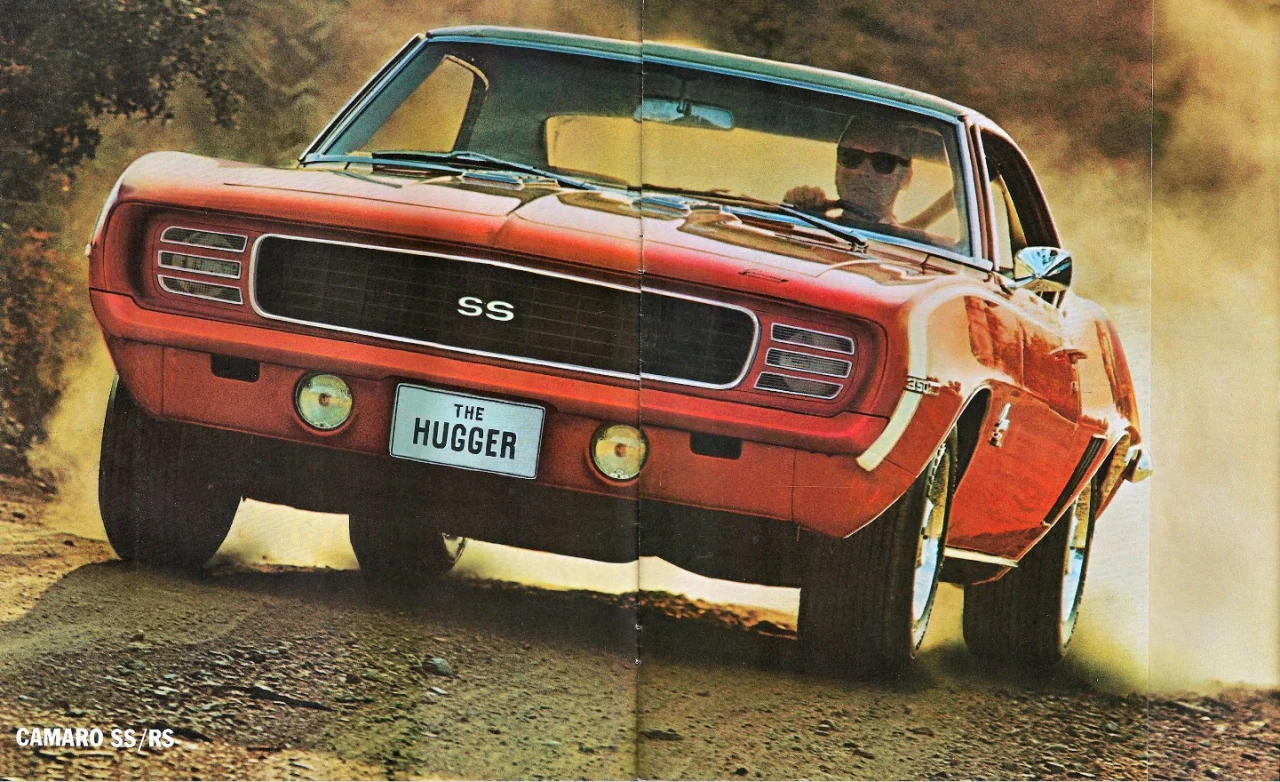Camaros can be confusing to a novice—there’s Super Sport, Rally Sport, Z/28, and even Type LT for some years. How does one sort them all out considering several of the packages could be combined? And what’s the proper way to spell them out? I never have seen a hard rule on this, so let’s observe and see if a standard can be established for the most popular of these Camaro packages, the Super Sport and Rally Sport.

When the Chevrolet Camaro was introduced in the fall of 1966, there was only a base Camaro. If you wanted a performance version of this vehicle, you opted for the Super Sport, which initially was only available with a proprietary 295-horsepower 350 but soon became available with a L35 396/325 and L78 396/375. These cars featured SS badges on the grille, front fenders, and rear fuel filler cap, plus simulated twin louvers on the hood.

There also was a trim package called the Rally Sport that included hidden headlights and other quasi-custom features that gave the Camaro a slicker look. These cars featured RS badges on the front fenders, subtle rectangular emblems on grille and fuel filler cap, plus lower body side molding and accents, unique parking lights, taillights, and back-up lights, and other trim.

A buyer could specify the SS package, the RS package, or both together. However, what’s the proper way to articulate the combination of the two? In 1967-68 literature, Chevrolet articulated it as SS 350 Camaro with Rally Sport option. This is because Super Sport badging always superseded Rally Sport badging.

In 1969 literature, Chevrolet did not go into the combinations with the same detail, but magazine ads show the combined packages articulated in a similar manner. However, a brochure dedicated to “The Chevrolet Sports Department” shows a Hugger Orange Camaro as “SS/RS.” This makes sense considering SS badging always replaced RS badging.
So, today, why do we see people switching the abbreviations and calling it a “Camaro RS/SS”? Perhaps we should follow Chevrolet’s lead.

